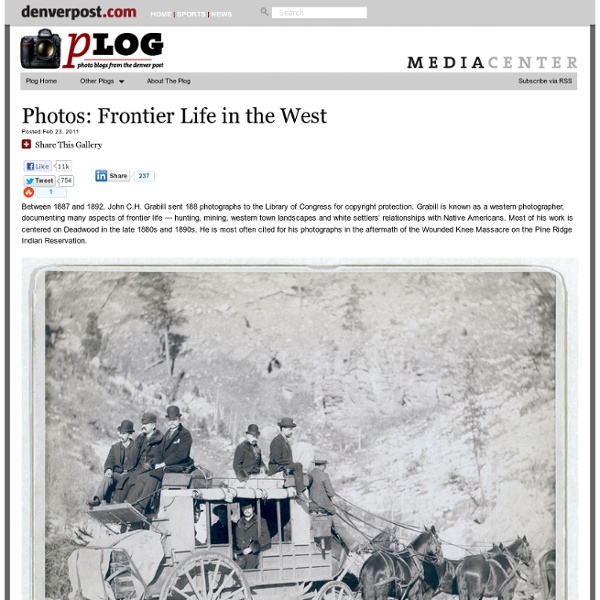Frontier Life in the West

ExplorePAHistory.com
cambodia_ta-prohm-temple.jpg from nationalgeographic.com
BioLite
Interactives archive: Flight
Anatomy of ConcordeOn this detailed cross section, examine the features that enabled it to fly faster than sound. Anatomy of a JetlinerLook under the floorboards, above the ceiling, and inside the wings at a jet's sophisticated internal systems. Antique AviationHear three pilots describe what it's like to fly pioneer aircraft. Built to FlyCompare the anatomy of the oldest known bird and its dinosaur cousins. Colditz Glider, ThePOWs held within a Nazi prison secretly built an escape glider in an attic of the prison. Designing for StealthHow do you render a 15-ton hunk of flying metal nearly invisible to the enemy? Getting AirborneSend a plane down a runway at top speed and see how it achieves enough lift to take off. Imaging With RadarSee what synthetic aperture radar can see with this picture of Washington, D.C., taken on a snowy winter's day. MiG vs. Outfitting a Fighter PilotA pilot's gear is a sophisticated support system that can save his life in deadly situations.
BACK TO THE FUTURE : Irina Werning - Photographer
I love old photos. I admit being a nosey photographer. As soon as I step into someone else’s house, I start sniffing for them. Most of us are fascinated by their retro look but to me, it’s imagining how people would feel and look like if they were to reenact them today… Two years ago, I decided to actually do this. So, with my camera, I started inviting people to go back to their future.. Now its time for KOREA, TAIWAN AND TOKYO. Pancho 1983 & 2010, Buenos Aires Fer 1970 & 2010 Buenos Aires Mechi 1990 & 2010 Buenos Aires Marita y Coty 1977 & 2010 Bs Aires Demian 1989 & 2010 London Cecile 1987 & 2010 France Nico Mella 1990 & 2010 France Oscar 1978 & 2010 Buenos Aires Ato 1992 & 2010 Buenos Aires Lulu Geraldine 1980 & 2010 Bs Aires Ian 1983 & 2010 London Male Sil Flor 1983 & 2010 Bs Aires Nico 1986 & 2010 Buenos Aires Lucía 1956 & 2010 Buenos Aires Marina 1988 & 2010 Buenos Aires Flor 1975 & 2010 Buenos Aires Mati 1977 & 2010 Buenos Aires My Parents 1970 & 2010 Buenos Aires Negra 1980 & 2010 Buenos Aires
This Hammock Tent Is Like a Swanky Hanging Three Bedroom Apartment
Little Known Facts About Slavery
Who Sold Whom? To quote once again the words of freed slave Ottobah Cugoano, who was writing in the late 18th century, we find the answer: "But I my own, to the shame of my own countrymen, that I was first kidnapped and betrayed by my own complexion, who were the first cause of my exile and slavery ; but if there were no buyers there would be no sellers." Sins of The Fathers: A Study of the Atlantic Traders 1441-1807", by James Pope-Hennessey, p. 174-5. The Other reasons for African slavery were, as we know, a certain number of anti-social crimes, such as adultery or theft. The Confusing Origin of Lynch Laws Further, it will appear later, the death penalty was not at first infliced under lynch-law; originally, lynching was synonymous with whipping. A general idea of the history of lynch-law in the United States is obtained by noting the definition of the term have appeared form time to time in the dictionaries. Ibid., p.40. Dehumanization of Women and the Life of the Enslaved Child p.59.
106 of the most beloved Street Art Photos - Year 2010 | Street Art Utopia
More info. More info. More Banksy on Street Art Utopia. More info. More of this on streetartutopia.com. More info. More info. More info. More info. More info. More info. More info. More info. More info. More info. More info. More info. More info. More info. More info. More info. More info. More info. More info. More info. More info. More info. More info. More info. More info. More info. More info. More info. More info. More info. More info. More info. More info. More info. More info. More info. More info. More info. More info. More info. More info. More info. More info. More info. More info.
Related:



